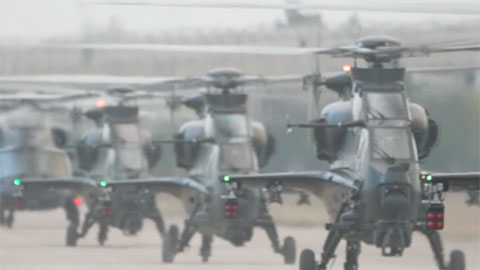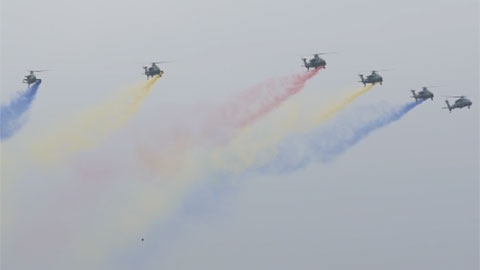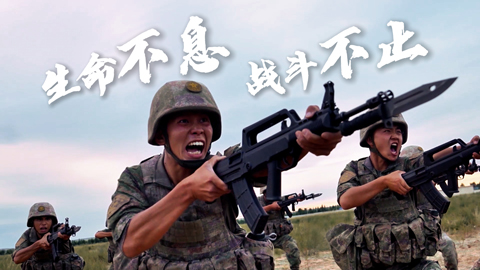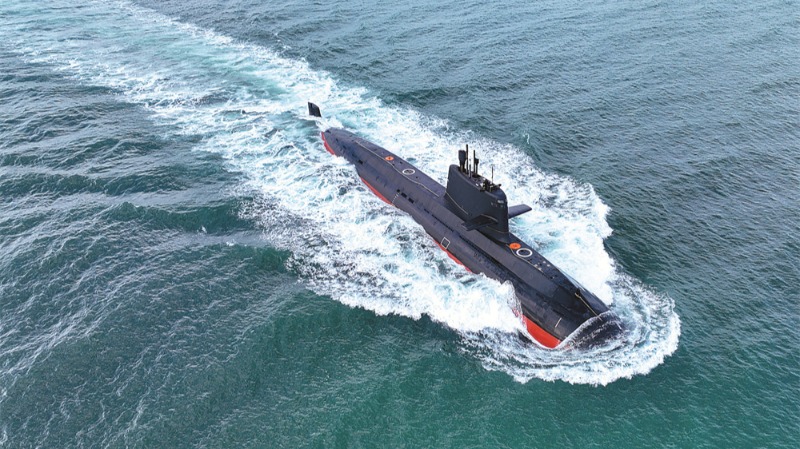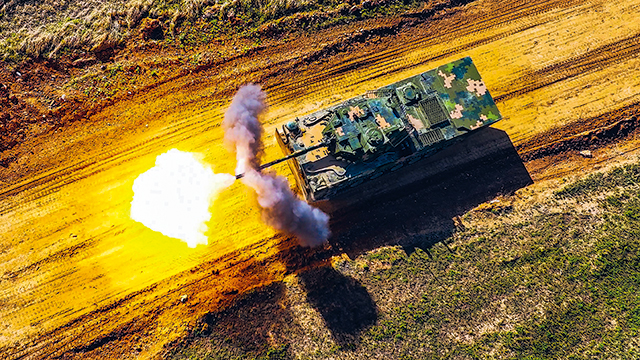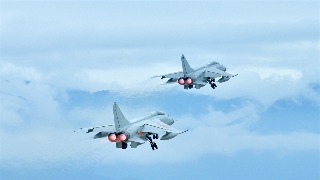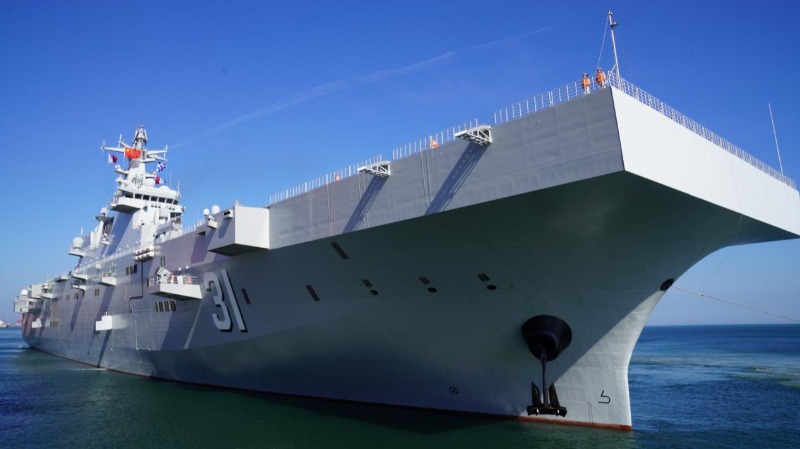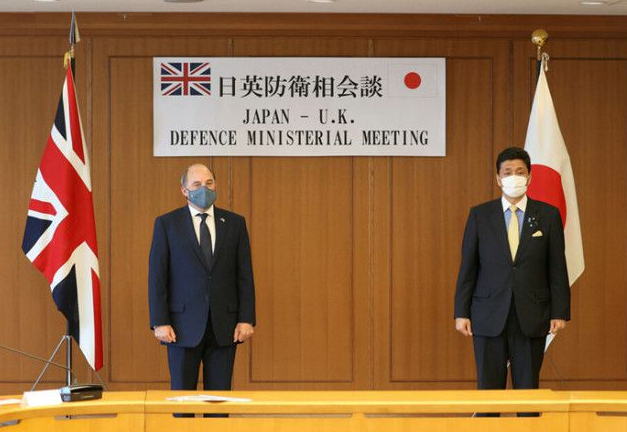
By Liu Shigang
The Japanese Maritime Self-Defense Force (JMSDF) has frequently interacted with the British Navy recently. The British aircraft carrier HMS Queen Elizabeth will visit Japan in September. The British Defense Secretary recently announced that it may permanently station two River class patrol vessels in Japan. The two former "imperialist colonial countries" converge again, showing a tendency to jointly intervene in international affairs in a high-profile manner, which aroused the vigilance of the international community.
Japan and the UK have had frequent strategic interactions in recent years, their defense cooperation has been heating up, and the direction of joint intervention in the regional situation has become more and more obvious.
From the signing of a memorandum of defense cooperation, Transfer of Defense Equipment and Technology Agreement, Agreement on the Security of Information, Acquisition and Cross-Servicing Agreement (ACSA), to the relationship between the two parties as "dynamic strategic partnership", "global security partnership", "global strategic partnership"... the cooperation between the two sides is gradually deepening.
However, even the UK and Japan "converged" in the Indo-Pacific, their intentions are obviously different, and there is a "temperature difference", which is also a microcosm of Japan's efforts to woo Britain to participate in its "Indo-Pacific Concept" series of initiatives.
Japan's successful promotion of the "Indo-Pacific Concept" to the UK is nothing more than repeating the old tune and using the so-called "China threat." The UK also took advantage of the trend in the meeting with Japan to finalize the dispatch of the HMS Queen Elizabeth aircraft carrier strike group in the Asia-Pacific to "bring up a sense of existence."
As everyone knows, Japan followed the US to win over the UK while and the UK also wanted to get the best deal from Japan.
The UK once again sent an aircraft carrier fleet to the Asia-Pacific region to show its existence semicentury later. On the one hand, it was to "show its muscles" and "win face" to the international community. On the other hand, the UK values Japan's huge equipment and technology orders and seeks to get the best deal so that Japan's orders can share defense expenses.
Currently, Japan and the UK are advancing the joint development and feasibility demonstration of new air-to-air missiles, a new generation of fighter auxiliary systems, and a new generation of reconnaissance aircraft radar systems.
Japan has also repeatedly carried out negotiations with the UK, France, Sweden, Norway and other European countries to introduce advanced weapons and equipment without telling the US.
As a matter of fact, the ups and downs of Japan-UK relations are not as close as they seem. In 2019, the second Queen Elizabeth-class aircraft carrier was named after the battleship Prince of Wales that was sunk by Japan during the World War II.
This year, the HMS Queen Elizabeth aircraft carrier strike group chose Japan as the core destination for its first global deployment, aiming to show Japan that the British navy is "strong again".
For a long time, as an ally of the US, the UK has participated in many local wars provoked by the US and has become the first echelon member of the US alliance. Japan is bound by the peace constitution and cannot participate in rear support or international peacekeeping operations in areas where "combat is taking place" or "with combat behaviors". Therefore, Japan can only become a member of the second or even third echelon of the US alliance and be responsible for the peripheral support and supply tasks of the battlefield.
After the launch of the new Legislation for Peace and Security in 2015, Japan believed that it had the conditions for the use of force overseas. As a result, it boldly promoted military cooperation with the US and its frontline allies, striving to become the first echelon member of the US alliance as soon as possible.
This time, Japan accepted the British aircraft carrier strike group to be temporarily stationed in its port and is preparing to conduct joint drills with the US troops stationed in Japan. On the one hand, Japan tries to close the defense cooperation relationship with the UK. On the other hand, it is also preparing for the implementation of combat missions in the multinational forces in the future.
In the long run, Britain is only regarded as a "steppingstone" for Japan's global strategic ambitions. The "Indo-Pacific Concept" schematic diagram published in the Defense of Japan 2021 included the UK and the US as the second echelon members as if Japan is the first echelon member in the Indo-Pacific.
In the short term, Japan and the UK will still have a "honeymoon period" of defense cooperation. However, before experiencing the "honeymoon period", Japan has to withstand the test of the COVID-19 cases on HMS Queen Elizabeth and other ships. It remains to be seen whether the follow-up activities of the aircraft carrier formation can be implemented smoothly.
(The author is from the PLA Academy of Military Sciences)







